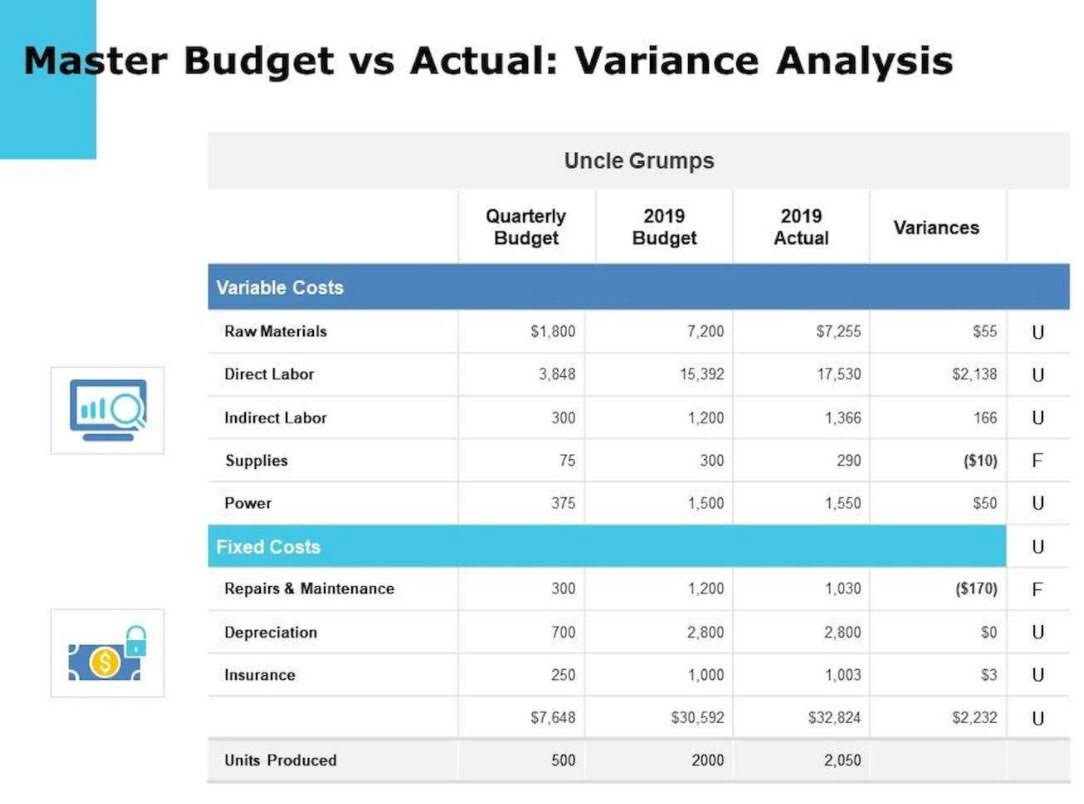
Vertical analysis lets you identify trends, growth areas, and patterns in your financial statements and build well-informed strategic plans. This allows analyzing the composition of the income statement and understand the relative significance of each item in relation to the company’s revenue. Here, we’ve chosen “Revenue” as the base figure for the common size income statement, followed by “Total Assets” for the common size balance sheet. To start, the table below shows the company’s historical financial statements – the income statement and balance sheet – of our hypothetical company, which we’ll be using throughout our two-part exercise.
- This technique provides a clearer picture of a company’s financial structure and helps assess the relative significance of each component.
- Such a breakdown helps decision-makers assess liquidity, debt levels, and overall financial stability, guiding strategic decisions regarding capital structure and risk management.
- Our vertical analysis calculator is available to assist in carrying out the required calculations.
- Vertical analysis is a vital tool used by CFOs, Finance Directors, Financial Controllers, and VPs of Finance.
- For instance, an income statement reveals gross sales figures, a cash flow statement presents total assets and revenues, and a balance sheet displays the total liabilities and assets.
How Vertical Analysis Simplifies Balance Sheet Evaluation
This helps you compare transactions to one another while also understanding each transaction in relation to the bigger picture, rather than simply in isolation. Vertical analysis in accounting is sometimes used in conjunction with horizontal analysis to get a broader view of your company accounts. Unlike horizontal analysis, which evaluates changes in financial data over time, vertical analysis focuses on each line item’s relationship to a base figure within the same period.
Steps to Prepare Vertical Analysis in the Balance Sheet
Thus, vertical analysis is a financial analysis technique where each item in a financial statement is expressed as a percentage of a Grocery Store Accounting base figure. This allows standardized comparisons across periods or between companies of varying sizes. Both vertical and horizontal analyses are fundamental financial tools used to interpret financial statements and assess a company’s financial health over time.
Vertical Analysis for Income Statements
When you apply vertical analysis to the balance sheet, you can understand the relative composition of assets, liabilities, and equity. Through accounting ratios, you can compare two-line items in your financial statement and point which items are bringing in more profit. By examining the proportional changes in these components, you can evaluate the company’s financial structure, liquidity, and leverage.

FP&A at a Tipping Point: New Report Reveals Challenges and Opportunities for Finance Professionals
It helps identify the impact of changes in asset or liability categories on the overall financial health of the organization. Vertical analysis is a useful financial statement analysis technique that shows each line item on the income statement or balance sheet as a percentage of a base figure. This converts the raw financial data into standardized percentages allowing for an “apples-to-apples” comparison between different companies even if they have very different revenue figures or asset sizes. In this comprehensive guide, we will walk through the vertical analysis process with examples to show you exactly how to calculate vertical analysis for the income statement and balance sheet. When conducting vertical analysis, individuals often rely on specific financial statements such as balance sheets, income statements, and cash flow statements. Each of these statements offers unique perspectives on a company’s financial situation.

With our financial data presented in Excel, we can start to calculate the contribution percentages on either the side or below the income statement. By calculating percentages for each component, companies can assess financial structure and identify areas where resources are concentrated. Vertical analysis follows a straightforward formula that converts raw financial data into relative percentages, making interpretation easier.
- Similarly, total liabilities are 40% of total assets, with long-term debt making up 30%.
- Furthermore, by accessing up-to-date data, you can make informed decisions based on a comprehensive understanding of your financial performance.
- The above vertical financial statement analysis uses revenue as the base line item, however, other appropriate base line items such as total cash inflow could equally well have been used.
- Here, we’ve chosen “Revenue” as the base figure for the common size income statement, followed by “Total Assets” for the common size balance sheet.
The following examples demonstrate how to do a vertical analysis using vertical analysis these free balance sheet template and income statement template. The calculations are performed in Google Sheets, but you can easily do the same in Excel. If you’re not already using vertical analysis in your financial analysis, I highly recommend giving it a try.
Time Value of Money
Vertical common size analysis provides a valuable tool for FP&A professionals to gain insights into the composition, trends, and relationships within a company’s financial statements. Through FP&A tools, you can simplify vertical analysis by conducting faster calculations, incorporating the values into visually appealing charts, forecasting your company’s future through analysing historical data. For instance, if current assets comprise 40% of total normal balance assets and long-term debt constitutes 30% of total liabilities and equity, this analysis reveals the company’s asset composition and financial leverage.

How do you apply vertical analysis in accounting?
If necessary, ensure that all figures are updated to reflect the latest financial transactions. Today we will delve into vertical analysis, its critical components, and how it can be effectively utilized to enhance financial understanding and decision-making. Year-over-year (YOY) is a financial term used to compare data for a specific period of time with the corresponding period from the previous… For instance, we can observe that the cost of goods sold represents 40% of net sales, indicating that the production or procurement of goods consumes 40% of the revenue. The gross profit margin is 60%, suggesting that the company retains 60% of its revenue after deducting the cost of goods sold. In our case, half of the company’s asset base comprises PP&E, with the rest coming from its current assets.

